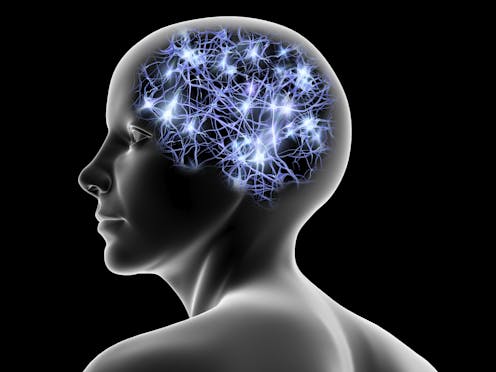The age-old commitment to fitness is sprinting into new territory with the addition of artificial intelligence to gym equipment and apps.
“I’m a tech nerd really at heart, and it’s cool to be on that cutting edge,” said Trevor Gere, co-owner of The Smart Fit Method in Northwest Suburban Kildeer.
Gere opened The Smart Fit Method with his wife about a year ago, pursuing his passion for fitness after careers in restaurant management and finance. It’s the company’s only location outside the West Coast.
At his gym, machines are equipped with AI that allows them to adapt resistance to each user in the moment and over time, based off data from prior sessions. The goal is a more efficient and effective workout that takes less time than it would at a traditional gym.
He showed us how it worked as one of his clients, Deb, 65, rode a bike while wearing an oxygen mask.
“Every single time that Deb is riding, it’s learning from her and it’s adapting the resistance and it’s going to match perfectly for her what she’s ready for,” Gere said. “She can go with 90 percent oxygen but also at 10 thousand feet with just the flip of switch.”
And clients of all ages are making the switch.
“I’ve always been a big fan of working out. I’m a martial artist, I enjoy lifting. This is on a whole other level,” said customer Brandon Brown.
Gere pushes back against the idea that AI-powered fitness is a fad, describing it as “not something that’s going to be a trend but something that’s going to be introduced more and more and we’ll have more equipment that’s available.”
AI is also fueling an app for members at Life Time locations across Chicago and around the country.
“I’ve been in 25 years of software development, so evolved my role over time. I’m an athlete, I train a lot, I’d be doing a lot of this anyway. I just get to do it for Life Time, which keeps it fun,” said Brian Shoemaker, Life Time’s Senior Director of Innovation.
Life Time partnered with Microsoft to create an AI companion called L.AI.C – pronounced “Lacey” – that works as a chatbot to make reservations and answer exercise and nutrition for members and also help personal trainers build workout plans. It’s been rolling out since late last year.
“We’re just giving them a small amount of time back with each client,” said Danny King, the company’s director of performance and recovery. “It’s all an attempt to make the human connection in Life Time better, easier, faster for both the team member and the member.”
The team thought L.AI.C’s capabilities would take away business from personal trainers, but they say it’s had the opposite impact. And they’re already planning for what it could do in years to come, if one day users can opt-in to sharing health metrics.
“Maybe I have an intense day on the bike today, but because L.AI.C knows I didn’t sleep well last night, it can suggest, ‘Maybe you should meditate instead,’” Shoemaker said.
But there could be risk in racing toward the future of fitness, overcomplicating something that -- for most people -- should be simple.
“I think that AI has a lot of potential and a lot of promise, but I don’t actually think it’s necessary for a good workout or to get active,” said Dr. Siobhan Phillips, a professor at Northwestern University’s Feinberg School of Medicine.
Dr. Phillips runs Feinberg’s Exercise and Health Lab.
“Ultimately the best exercise is the one that you do and you will continue to do,” she said.
The CDC recommends 150 minutes of aerobic exercise each week – like a brisk 30-minute walk, 5 times a week – plus two days of strengthening exercises that target all major muscle groups in the body.
Proponents of AI are optimistic its impact on the industry is only in its warm-up.
“I think it’s going to be a paradigm shift of more and more equipment having artificial intelligence. It just lets us do things we couldn’t do before,” Gere said.


















 English (United States) ·
English (United States) ·